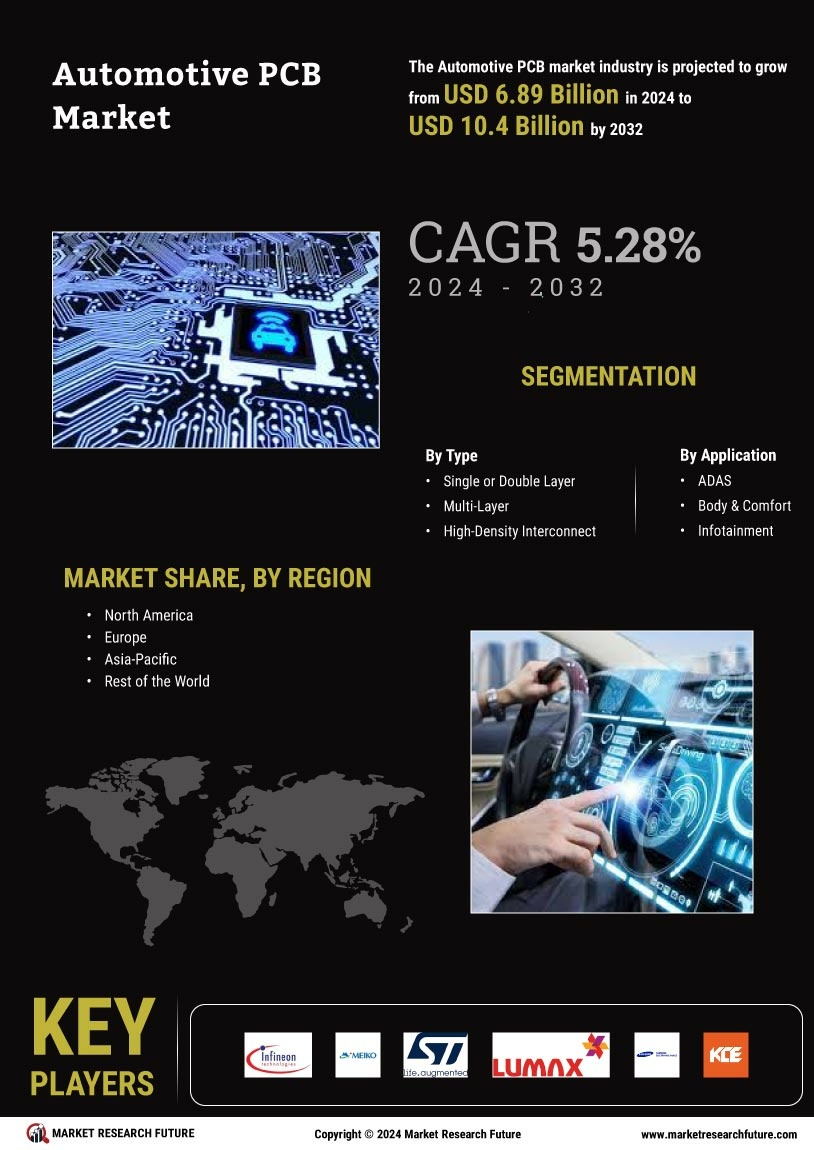Understanding Automotive PCBs: The Brain Behind Modern Vehicles
Printed Circuit Boards (PCBs) play a vital role in the automotive industry, acting as the backbone of most electronic systems within modern vehicles. As cars become increasingly dependent on electronics for performance, safety, comfort, and entertainment, the demand for advanced automotive PCBs continues to grow rapidly.
Automotive PCBs are specifically designed to endure harsh operating conditions, such as high temperatures, vibration, moisture, and dust. These boards are commonly found in critical systems like engine control units (ECUs), anti-lock braking systems (ABS), airbag deployment systems, infotainment units, GPS navigation, lighting controls, and advanced driver-assistance systems (ADAS). Because of the vehicle's dynamic environment, these PCBs must offer superior durability and reliability.
There are several types of PCBs used in vehicles, including single-layer, double-layer, and multi-layer boards. Multi-layer PCBs are often preferred for their ability to handle complex circuits in compact spaces. They are essential in high-end applications such as electric vehicles (EVs) and autonomous driving technology, where the volume of data and processing power is much higher.
Materials used in automotive PCBs, like high-temperature laminates, aluminum substrates, and flexible materials, ensure the boards remain stable and operational under demanding conditions. Thermal management is another critical aspect, particularly in EVs where power electronics generate significant heat. Advanced PCBs incorporate heat sinks and thermal vias to maintain performance and prevent failure.
With the automotive industry's shift toward electrification and smarter technologies, PCBs are evolving to support communication between systems, real-time data processing, and high-frequency operations. Manufacturers are also investing in more sustainable, lightweight, and efficient designs to enhance vehicle performance while lowering environmental impact.
In short, automotive PCBs are essential components driving innovation and intelligence in modern vehicles, ensuring everything from safety to entertainment functions reliably and efficiently.
https://www.marketresearchfuture.com/reports/automotive-pcb-market-5419
Understanding Automotive PCBs: The Brain Behind Modern Vehicles
Printed Circuit Boards (PCBs) play a vital role in the automotive industry, acting as the backbone of most electronic systems within modern vehicles. As cars become increasingly dependent on electronics for performance, safety, comfort, and entertainment, the demand for advanced automotive PCBs continues to grow rapidly.
Automotive PCBs are specifically designed to endure harsh operating conditions, such as high temperatures, vibration, moisture, and dust. These boards are commonly found in critical systems like engine control units (ECUs), anti-lock braking systems (ABS), airbag deployment systems, infotainment units, GPS navigation, lighting controls, and advanced driver-assistance systems (ADAS). Because of the vehicle's dynamic environment, these PCBs must offer superior durability and reliability.
There are several types of PCBs used in vehicles, including single-layer, double-layer, and multi-layer boards. Multi-layer PCBs are often preferred for their ability to handle complex circuits in compact spaces. They are essential in high-end applications such as electric vehicles (EVs) and autonomous driving technology, where the volume of data and processing power is much higher.
Materials used in automotive PCBs, like high-temperature laminates, aluminum substrates, and flexible materials, ensure the boards remain stable and operational under demanding conditions. Thermal management is another critical aspect, particularly in EVs where power electronics generate significant heat. Advanced PCBs incorporate heat sinks and thermal vias to maintain performance and prevent failure.
With the automotive industry's shift toward electrification and smarter technologies, PCBs are evolving to support communication between systems, real-time data processing, and high-frequency operations. Manufacturers are also investing in more sustainable, lightweight, and efficient designs to enhance vehicle performance while lowering environmental impact.
In short, automotive PCBs are essential components driving innovation and intelligence in modern vehicles, ensuring everything from safety to entertainment functions reliably and efficiently.
https://www.marketresearchfuture.com/reports/automotive-pcb-market-5419

































